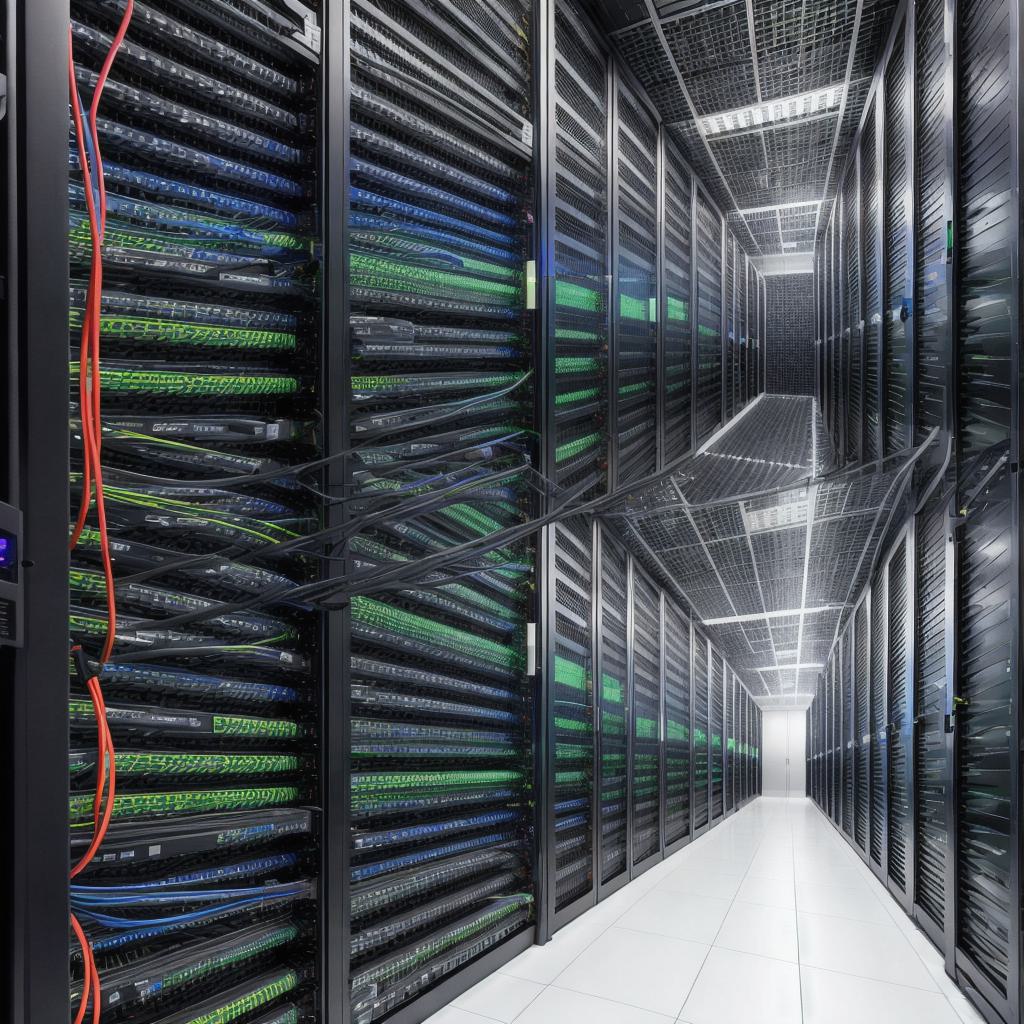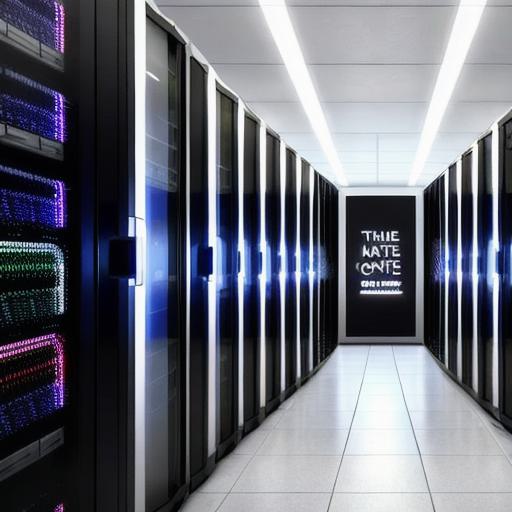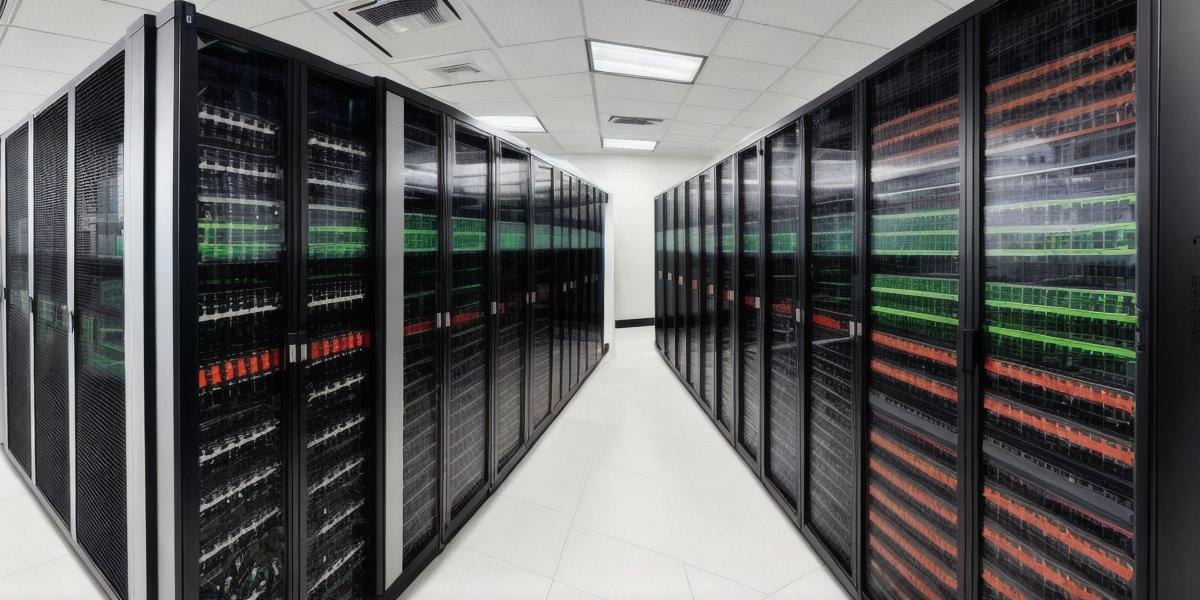Data centers are essential infrastructure for businesses and organizations that rely on technology to store, process, and disseminate data. Let’s explore the key components and functions that make up a modern data center.

Power and Cooling
One of the most critical elements of a data center is its power and cooling systems. Data centers require large amounts of electricity to power their servers and other equipment, making efficient power usage essential. Modern data centers employ various techniques to optimize power usage, such as power distribution units (PDUs), uninterruptible power supplies (UPS), and generators for backup power.
Cooling is another crucial component of a data center. Servers generate heat during operation, which can impact their performance and potentially cause damage if temperatures rise too high. Data centers use various cooling methods such as air conditioning, liquid cooling, or hot/cold aisle containment to maintain optimal temperature levels.
Network Infrastructure
A robust network infrastructure is another key component of a data center. Data centers require high-speed connectivity to support the transfer and processing of large amounts of data. They typically use fiber optic cables for interconnects and switches for network routing, ensuring reliable and fast communication between servers and other equipment.
Security
Security is a top priority in data centers, as they house valuable data that needs to be protected from unauthorized access or theft. Modern data centers employ various security measures such as access control systems, surveillance cameras, fire suppression systems, and biometric authentication to ensure the safety of their assets.
Redundancy and Scalability
Data centers must be designed with redundancy and scalability in mind to handle peak workloads and ensure business continuity. They achieve this through the use of backup power sources, multiple network connections, and load balancers. Additionally, data centers can be expanded horizontally by adding more servers or vertically by upgrading existing hardware to meet growing demand.
Virtualization

Virtualization is a technology that enables multiple operating systems and applications to run on a single physical server. By virtualizing their environments, data centers can save on hardware costs while increasing flexibility and agility in managing their resources. Virtualization also allows for easier disaster recovery and business continuity planning.
Examples and Conclusion
A well-known example of a modern data center is Google’s Data Centers, which are designed with efficiency in mind. They use custom-built servers that consume less power, and their cooling systems use recycled water from local sources. Google also employs renewable energy sources like wind and solar to power their operations.
In conclusion, a modern data center consists of essential components such as power and cooling systems, network infrastructure, security, redundancy and scalability, and virtualization. By prioritizing these elements and continually innovating to improve efficiency and performance, data centers provide the foundation for businesses and organizations to thrive in our increasingly digital world.
